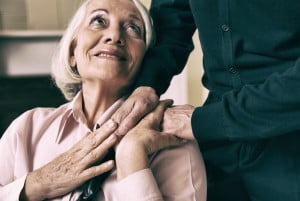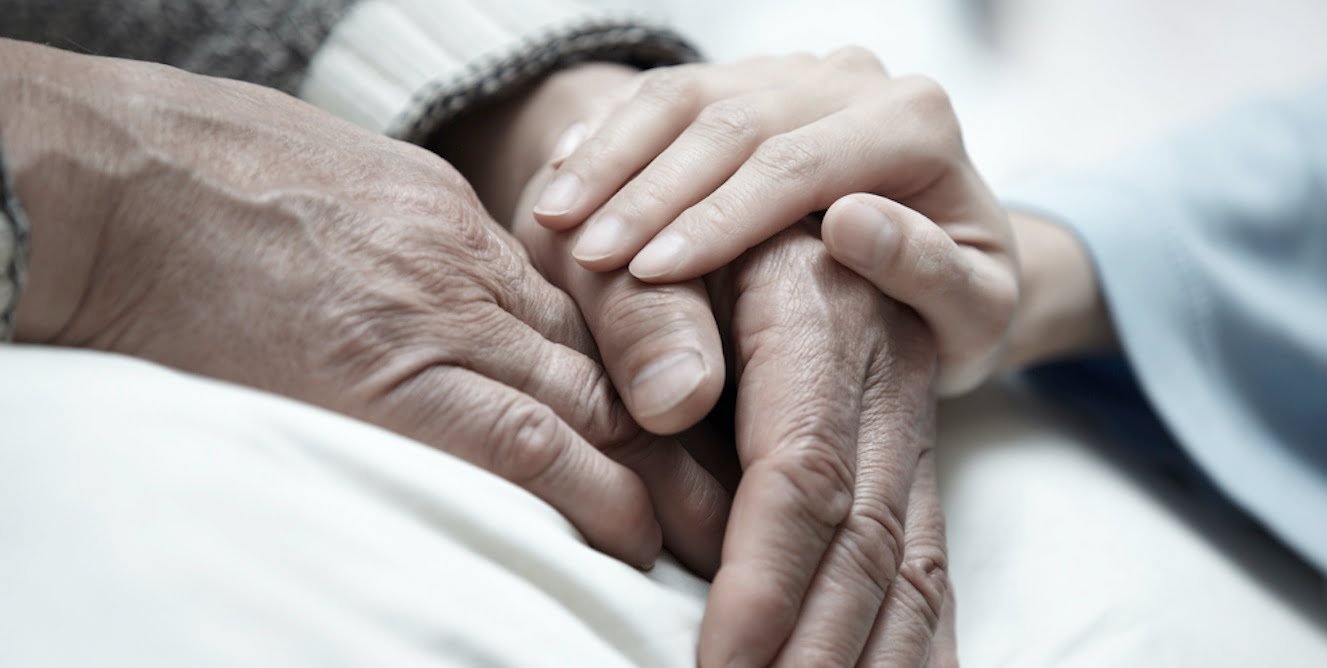COVID-19 severely collapsed operational systems and health structures in different countries of the world. The pandemic started at a time the world was not ready and this worsened its effects on humans and the environment. It was a different case for countries with limited financial resources like Cuba because the economic backbone of the island state was disrupted. The disruptions were birthed by the closure of tourist centers, airports and other physical engagements. However, despite the unexpected nature of the health emergency, Cuban authorities were able to coordinate public health safety and put in place preventive and protective measures to deal with the pandemic.
The first case of COVID-19 was in Wuhan in China. The virus through human spread moved beyond China to internal communities and such to Cuba. The first coronavirus case in Cuba was confirmed on the 11th of March, 2020 after four Italians tourists tested positive to the virus (NBC, 2020). The early cases were predominant as they came at a time little or no guidelines had been put in place to contain coronavirus. The first four cases would later spread to 207,322 cases and 1,372 COVID-19 deaths in the island state (Worldometers, 2021). Cuba is a tourist-centric country and this informs the high rate of visitors coming in and out. The effect of the tourism-dependent nature of the country is evident in the early fast spread of the virus. Despite the early severity and widespread of coronavirus in Cuba, the containment level and national protocol were notable. They were notable because COVID-19 was professionally contained and public health safety was ensured by the authorities according to recognized international standards.
COVID-19: National Protocol in Cuba
Cuba has a long-standing record and huge revenue base from tourism. In 2019, the country raked in 2.97 billion (US dollars) for its gross domestic product in tourism (Statista, 2021). This striking economic growth base came after Cuba recorded a decade history of highest contribution from tourism to the tune of 3 billion (US dollars). At the onset of the pandemic, Cuban authorities had the tough task of making decisions critical to the revenue base, human lives and the sustainability of the nation. It was a contest with an inevitable option of sacrificing one for the other; locking down the country to protect lives or continuing to receive visitors for increased revenue. Cuban authorities chose the latter—notably, in the interest of Cubans.
Travel Protocol during the Pandemic in Cuba
The first cases of COVID-19 in Cuba were discovered on tourists. Thus, the national protocol specially regulates traveling for containment and protection of lives in the country. The travel protocol includes:
- “Travelers were mandated to present a negative result from a polymerase chain reaction (PCR) COVID-19 test taken within 72 hours before entering the country”;
- “Health status of travelers must be declared and they were required to undergo a COVID-19 test on arrival to Cuba”;
- “A 5-day compulsory isolation was mandated on all travelers entering the country in which the 5th day would be for PCR—the isolation was made free for Cuban nationals and residents while foreigners were expected to cover their expenses”;
- “COVID-19 testing and sanitation must be paid for by all travelers entering the country in form of a health/sanitary tax”;
- Importantly, nose masks were mandated for people in public spaces including airports and adherence to physical distancing was openly emphasized for travelers” (Gardaworld, 2021).
Cuban authorities essentially provided travel protocols in protecting residents and foreigners during the COVID-19 pandemic. The authorities restricted flight frequency for Cuba and placed a ban on non-essential transport and commercial activities. Group activities, recreational centers and physical businesses were included in the lockdown that was observed countrywide in Cuba (Gardaworld, 2021).
National Protocol during the Pandemic from Cuban Authorities
 The United States sanction on Cuba for international finances and funding worsened the pandemic situation for the country. The sanction is evidently one of the back-drawing areas for Cuba as external trade and international services were limited in some form. The unsavory situation imposed on Cuba because of its financial not-well-to-do posed a great risk when the pandemic began. However, Cuba’s government handled the situation accountably and has set precedence for effective leadership. The national protocol for the pandemic includes an early training of medical workers, the preparation of medical students for contact tracing and reliably informing the public about the symptoms, precautions and steps to take when certain symptoms were observed (Morris and Kelman, 2020). Cuban authorities launched a full-scale contact tracing immediately the first three cases of COVID-19 were discovered in the country. Trained medical experts and students were mobilized for tracing contact persons and host cases; after which a structured, open-to-public COVID-19 testing commenced in Cuba.
The United States sanction on Cuba for international finances and funding worsened the pandemic situation for the country. The sanction is evidently one of the back-drawing areas for Cuba as external trade and international services were limited in some form. The unsavory situation imposed on Cuba because of its financial not-well-to-do posed a great risk when the pandemic began. However, Cuba’s government handled the situation accountably and has set precedence for effective leadership. The national protocol for the pandemic includes an early training of medical workers, the preparation of medical students for contact tracing and reliably informing the public about the symptoms, precautions and steps to take when certain symptoms were observed (Morris and Kelman, 2020). Cuban authorities launched a full-scale contact tracing immediately the first three cases of COVID-19 were discovered in the country. Trained medical experts and students were mobilized for tracing contact persons and host cases; after which a structured, open-to-public COVID-19 testing commenced in Cuba.
Also, Cuba’s government announced a travel ban in March 20, 2021 after 21 confirmed coronavirus cases were recorded (Morris and Kelman, 2021). The government introduced a large-scale online buying and selling when physical distancing and the use of nose masks did not work well for the country. Public transport was also suspended and private vehicles were hired to commute essential workers (Morris and Kelman).
Vaccine Protocol and Vaccination in Cuba
Cuba’s government opted for a homegrown COVID-19 vaccine instead of importing from other countries. This decision came amidst tight criticisms from medical experts. However, authorities supported Cuban based production of COVID-19 vaccine. The question that arose at the heart of the pandemic was, can Cuba beat COVID-19 with its homegrown vaccines? After a three-phase clinical trial for Cuban coronavirus vaccines, Abdala and Soberana were produced, deployed for national use and validated by the World Health Organization (WHO). Abdala had a 92.8 percent efficacy while Soberana, a nasal administered vaccine recorded 62 percent efficacy. The country’s COVID-19 vaccine production leader, Verez Bencomo described the produced vaccines as, “results of independent streak reflecting the ingenious initiative of Cubans—a needed effort to contain the virus across the country” (Nature, 2021). To ensure that Cuban nationals were well catered for with the vaccines, five candidates were presented by the authorities through the biotechnologists and medical experts. The vaccines include Abdala, Soberana, and Mambisa.
The successful production of COVID-19 vaccine has helped in containing the virus in the communist-run island nation while also opening up novel revenue sources for the country through the exportation of vaccines. The vaccines, Abdala and Soberana have been announced efficacious and above the 50 percent World Health Organization (WHO) validation mark for vaccines. The efficacy validates the safe use of the vaccine. The increasing demand for the vaccine from other countries including Venezuela has proven the authorities right on homegrown production of coronavirus and has placed the island nation on a valuable pedestal in the comity of nations. Cuba is ranked fourth in the list of countries with the most effective COVID-19 vaccine—an extraordinary achievement considering the financial stand of the country before and at the onset of the pandemic.
Cuban authorities have been credited for early approval of diagnostics even before the first cases were recorded. Taylor (2021) reports that Cuba’s primary health care system was instrumental to containing the virus. The government ensured a public education on the virus, the causes and effects. The public education has also been found useful in converting people to taking the homegrown vaccines. Although, Cuba lacked certain medical materials to adequately contain the virus, the country made up by deploying well trained medical workers to take care of Cuba’s nationals and residents.
COVID-19 demanded immediate response as a global health emergency. Countries that found it tough to give a fast response to the pandemic recorded huge fatalities and have indelible marks from the unprecedented occurrence. In Cuba, a quick national response was given to protect the nationals and residents and contain the spread of coronavirus. For its national health protocol during the pandemic, Cuba authorities locked down the nation, banned travels in phases, adopted open health education on public safety and health care, and produced two globally recognized vaccines. The set protocol from Cuba’s government is exemplar and indicates a functional leadership in the country. Cuba has demonstrated a robust health protocol that is in tandem with the conditions of the citizens and thus, the wide acceptance of the vaccines was significant. The health protocol in Cuba during the pandemic included the suspension of tourism, closure of airport, closure of recreational centers, closure of businesses centers and the shift to online commercial activities. Cuba had a scheduled COVID-19 vaccination free for nationals and residents.
References
Gardaworld (2021). Cuba: COVID-19-related travel protocols and domestic restrictions in force as of May 4 remain largely unchanged/update 21 https://www.garda.com/crisis24/news-alerts/474861/cuba-covid-19-related-protocols-and-domestic-restrcitions-in-force-as-of-may-4-remian-largely-unchanged-update-21
Morris, E. and Kelman, I. (2020). Coronavirus response: Why Cuba is such an interesting case https://theconversation.com/coronavirus-response-why-cuba-is-such-an-interesting-case-135749
Nature (2021). Can Cuba beat COVID with its homegrown vaccines https://www.nature.com/articles/d441586-021-01126-4
NBENEWS (2020). Cuba confirms first coronavirus cases, tells people to make their own masks https://www.nbcnews.com/news/latino/cuba-confirms-first-coronavirus-cases-tells-people-make-their-own-n1156711
Statista (2021). Cuba: Direct tourism contribution to GDP 2010-2019 https://www.statista.com/statistics/528443/direct-contribution-travel-tourism-gdp-cuba/
Taylor (2021). How Cuba and Uruguay are quashing coronavirus as neighbors struggle https://www.newscientist.com/article/2247740-how-cuba-and-uruguay-are-quashing-coronavirus-as-neighbors-struggle/
Worldometers (2021). Cuba coronavirus cases https://www.worldometers.info/coronavirus/country/cuba/












